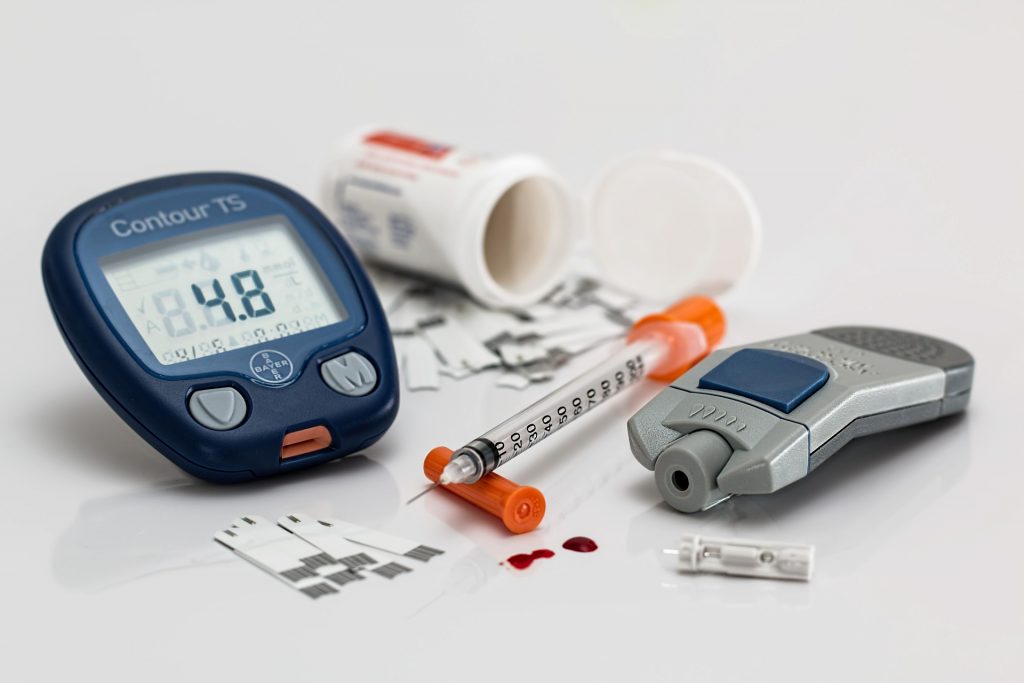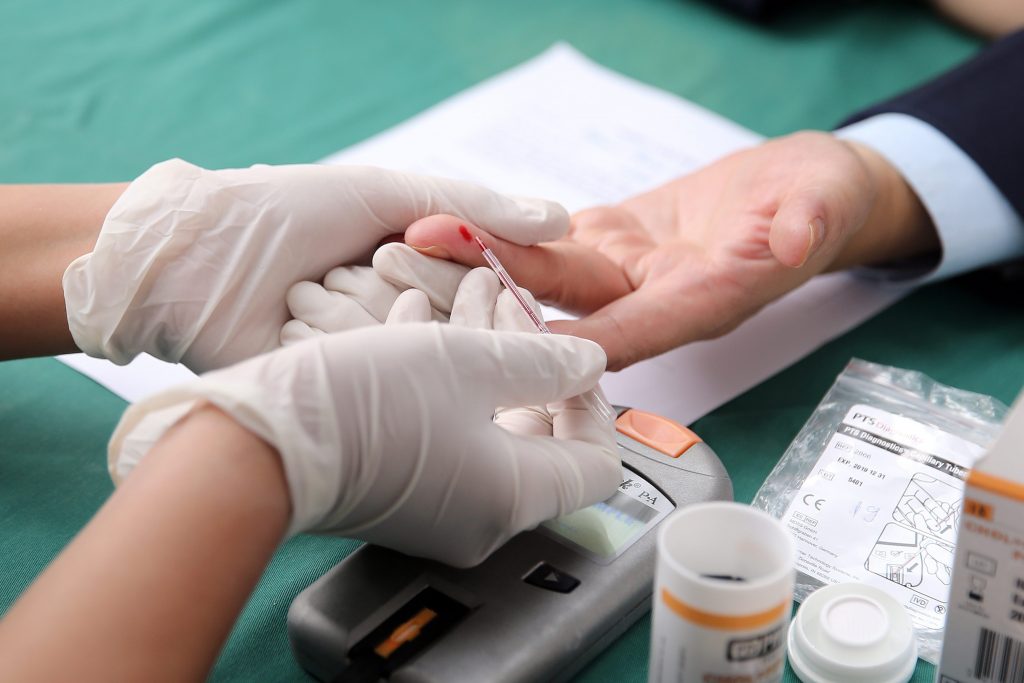Diabetes Treatment: New York – The computer giant Apple has for several years, and in the utmost secrecy, developed a technique designed to greatly facilitate the tracking of diabetes via sensors, reported on Wednesday many media news. According to the news, based on three sources without citing their names, the project is part of an idea launched by the emblematic founder of the apple brand, Steve Jobs, who was considering using objects like a connected watch To measure different physiological signs, including blood glucose.
Such a technique would allow the diabetic to continuously monitor his/her blood sugar levels and avoid, as is now the rule, regularly picking his fingertips. Reporters say the project has become a reality over five years ago – Mr. Jobs died in 2011 – and is now well enough advanced for Apple to carry out feasibility tests and is already looking into regulation. The project would have a dedicated team that included some thirty people in early 2018 and based at a distance – several kilometers – from the headquarters of the Cupertino group in California. Such a technique, based in particular on optical sensors and would probably involve Apple Watch launched in 2015, would place Apple directly on a field already explored for several years by Google and its parent company, Alphabet.
Alphabet, which is also developing a lens project connected with the Swiss Novartis, launched a joint venture with the French laboratory Sanofi in late 2018 to design connected objects to follow the disease. The group in question, On duo, announced the first products in two or three years. Major laboratories like Sanofi are facing an erosion of their sales of diabetes treatments in the face of increasingly tough competition.

Diabetes Treatment: We Had to Know More About Diabetes
In a few years, diabetes has become a veritable epidemic affecting some 422 million people worldwide. In France (according to data from the Health Insurance in 2014), there are 3.5 million diabetics, or nearly 5.3% of the population. This disease, with which we learn to live throughout your life, is still scary today. Yet, a properly managed diabetic can succeed in living serenely with your illness.
Diabetes is an abnormal rise in blood sugar, defined by the level of sugar in the blood. This increase in blood glucose can cause lesions of different organs, such as the eyes, kidneys, nerves, and vessels, in the more or less long-term. Nearly 90% of diabetics live for years with this disease without knowing it because diabetes generally does not manifest for a very long time. According to the WHO, diabetes evoked when fasting blood glucose is greater than or equal to 1.26 g/l. It is advisable to check this number a second time to have two blood sugar measurements.

Diabetes Treatment: Diabetic Sugar
Diabetes mellitus (diabetes mellitus) is a chronic disease caused by insufficient insulin production by the pancreas. This pathology results in an increase in blood sugar (blood sugar level) since insulin is the hormone responsible for regulating it. We will distinguish between insulin-dependent diabetes (DID) or type 1 diabetes, non-insulin-dependent diabetes 5DNID), or type 2 diabetes. The first one generally appears brutally in children and it imposes regular and repeated injections of insulin several times a day. Regardless of the type of diabetes, a diet monitored closely.

Diabetes Treatment: Type 1 diabetes
Type I diabetes, also known as insulin-dependent diabetes, involves about 10% of diabetics. During type I diabetes, pancreatic cells destroyed, resulting in a decrease or even total absence of insulin secretion. Type I diabetes affects children and adolescents as well as adults under 40 years of age. Nearly 10% of patients are type 1 diabetics, half of whom are under 20 years of age. Type I diabetes is an autoimmune disease, causing a hyper-reactivity of the immune system against certain cells or tissues of the body: in diabetes, insulin-producing pancreas cells destroyed by Certain white blood cells called T lymphocytes.
During type 1 diabetes, the pancreas is no longer able to synthesize enough insulin. Glucose is no longer able to penetrate the cells, thus increasing its blood level and causing hyperglycemia. In most cases, the beta cells of the Langerhans islands in the pancreas destroyed by our own antibodies and are no longer able to produce enough insulin. A genetic predisposition to type 1 diabetes, certain environmental triggers and an autoimmune mechanism contribute to the onset of diabetes. On the other hand, hyperglycemia occurs when more than 80% of the beta cells of the Langerhans islands destroyed.
One or more types of autoantibodies involved in the autoimmune process of type 1 diabetes: anti-islet cell autoantibodies, anti-insulin auto-antibodies, glutamic acid anti-decarboxylase auto-antibodies, and anti-IA2 auto-antibodies.

Type 2 diabetes
Type 2 diabetes results from a decrease in the effects of insulin, called insulin resistance. Insulin is a hormone manufactured by the pancreas that facilitates the passage of sugar, blood to cells. If it does not work well, sugar builds up in the blood, blood sugar increases, diabetes appears. At first, the pancreas compensates for this deficiency by increasing insulin synthesis, but it becomes tired, exhausted, and completely ineffective after ten to twenty years of diabetes.
Type 2 diabetes linked to overweight and the presence of predisposing genes. To become diabetic, you have to genetically predisposed, however, have a bad lifestyle, namely to overweight, to lack physical activity, and to have a poor diet. Type 2 diabetes is a disease that remains silent for a long time and can evolve for years without causing any manifestation. majority of type II diabetics do not experience discomfort for many years.
Type 2 diabetes is not seen: there are no symptoms to detect diabetes before the onset of complications. The disease evolves slyly. 50% of diabetics diagnosed as such have complications. For testing, you should consult your GP to prescribe a blood glucose test. A simple blood test makes it possible to measure the level of carbohydrates in the blood (blood glucose). When blood glucose exceeds 1.26 g / L on at least two blood samples, the diagnosis of diabetes is made.


